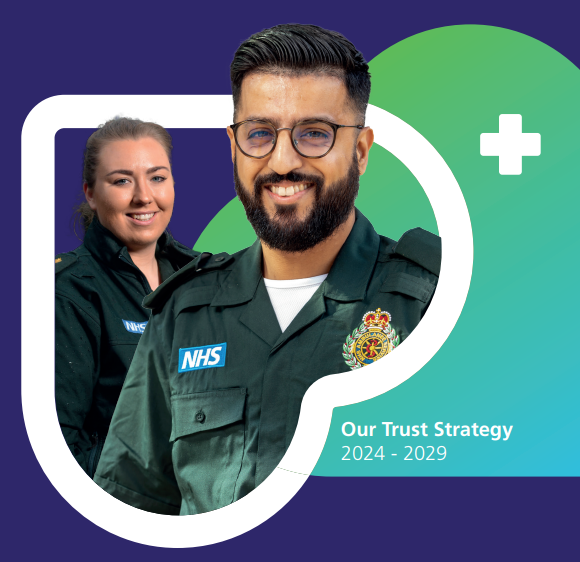 An increase in partnership working, and the introduction of an initial further five clinical hubs will be key to South East Coast Ambulance Service NHS Foundation Trust (SECAmb) delivering on its new five-year strategy.
An increase in partnership working, and the introduction of an initial further five clinical hubs will be key to South East Coast Ambulance Service NHS Foundation Trust (SECAmb) delivering on its new five-year strategy.
The clinically-led strategy also sets out the Trust’s commitment to embrace new technologies as it transitions from a predominantly ambulance-based response model to a more differentiated approach, where the type of response is tailored to the individual needs of the patient.
The strategy which is being formally launched at SECAmb’s board meeting this week, sets out three main strategic aims; delivering high-quality care; ensuring people enjoy working at SECAmb, and being a sustainable partner within an integrated NHS.
It also outlines the Trust’s new values – Kindness, Courage and Integrity – developed in partnership with colleagues, as the principles which should guide all actions and behaviours and how it delivers its service to patients.
SECAmb currently operates two multi-disciplinary clinical hubs in Ashford and Paddock Wood, where its Advanced Paramedic Practitioners (APPs) are joined by teams from across the local healthcare system to ensure 999 calls are receiving the most appropriate response.
It is working with its Integrated Care Boards (ICBs) and provider trusts across its region on a jointly-agreed model to introduce additional Unscheduled Care Navigation Hubs (UCNHs) from later this year.
While the locations of the new hubs are to be confirmed, they will build on the benefits observed from already piloted hubs including in Ashford where, since its introduction in November 2023, it has helped save, on average, 27.5 hospital admissions and 180 bed days each week.
The strategy also sets out a commitment to improve response times including achieving both Category 1 and 2 performance targets, improving cardiac arrest survival rates by 5 per cent and reducing the time for stroke patients to receive specialist treatment.
As part of its work within the wider healthcare system, SECAmb will aim to increase its use of alternative clinical pathways to emergency departments (EDs) from 12 per cent to more than 30 per cent. In turn, it will aim to reduce its conveyance rate to EDs to less than 40 per cent from its current level of approximately 54 per cent.
By creating an inclusive and compassionate environment and investing in colleagues’ careers the strategy will deliver improved career development and reduce its turnover rate from 16 per cent to 10 per cent.
David Ruiz-Celada, SECAmb Executive Director for Strategic Planning and Transformation said: “We are delighted to be able to share our new strategy which is a culmination of many months of work following engagement with colleagues, patients, our communities and our partners.
“We recognise the changing needs of our patients and fundamental to our new strategy is a commitment to provide patient care differently.
“Our approach will help us provide an improved and faster response to our most seriously-ill and injured patients. For those patients whose needs are less urgent, we will make use of the skills of our clinicians and technology to provide care remotely or connect them with other more appropriate services.
“We have already started work developing new ways of working across our region including the roll out of additional clinical hubs in partnership with our provider colleagues. A system-wide approach to healthcare, where SECAmb has a pivotal role is vital in achieving our aims.
“Our new strategy underlines our commitment to improving the working lives of all our people so together, we are best placed to respond to the needs of our patients.”
View the strategy in full here: Our Vision and Strategy – NHS South East Coast Ambulance Service (secamb.nhs.uk)
